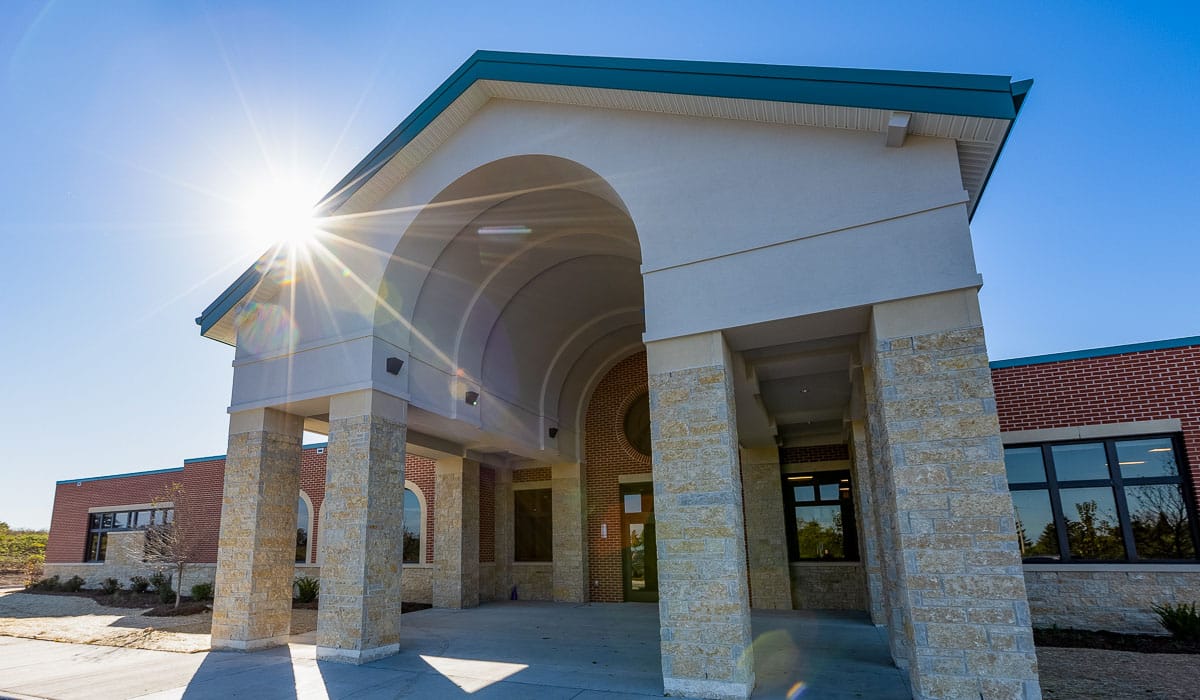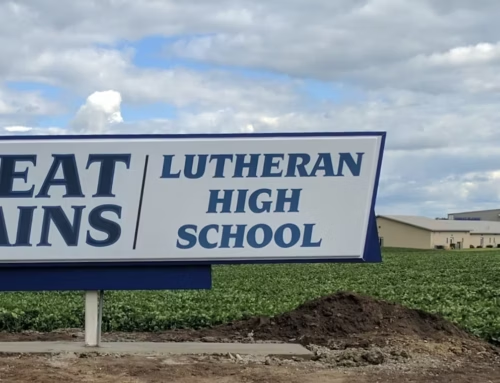Kicking off funding for a church-school project is never easy. At Catalyst, we’ve seen firsthand how challenging it can be for these entities to find the right path to fundraising. Often, churches and schools fall for the same mistakes repeatedly. We sat down with Eric Hamsho, Generosity Strategist and Campaign Specialist, to highlight some of these challenges and find alternative solutions. We explored some of the most common challenges around funding a church-school project and laid out tips and strategies to complete a successful fundraising campaign.
How has the COVID-19 pandemic affected the way people contribute to fundraising calls?
Surprisingly, even in the middle of the pandemic, we found people were still being generous, especially those who had saved and had a generous mindset. They were still giving.
And then, if we move forward to today, this sort of end of the pandemic timeframe, we’re now facing the challenge of uncertainty in the economy. So, we’re seeing people being more cautious and taking more time to give, but they’re still contributing.
In today’s landscape, are there still opportunities for churches or schools?
The economy is one side of the picture. People are always going to give to what they’re passionate about. In times of prosperity and downside, givers typically give about three to five percent of their income. So, there’s an opportunity to connect with these perpetually generous individuals.
There are opportunities with foundations. As these foundations are required to allocate at least five percent of their annual resources, there are opportunities for churches and school projects to tap into these buckets.
What could be some of the common mistakes you’re seeing within fundraising right now?
Currently, schools and churches are trying to figure out if this is the right time to start fundraising. Some are cautious about it. They might be listening to voices all around them, saying maybe it’s not the right time to do this. There’s also more sensitivity about accumulating more debt, considering the economy. So, churches and schools are struggling with the fear of debt, to begin with.
One common mistake we observe is when churches and schools think they can try to do this on their own. Instead of consulting with experts, they believe they can find a way to create a plan to fund their projects using only in-house resources.
Unfortunately, when this happens, they don’t always have the tools to craft the right messaging to reach their audience during times like these.
Schools and churches have a significant barrier to recognizing lead gifts or contributors. How can they work around this?
This is extremely common for both churches and schools. Most of the time, pastors or school directors aren’t thinking about fundraising but leading. So, they often ignore this significant portion of their role in the fundraising campaign.
Building meaningful and strategic relationships is vital for future gift conversations.
Furthermore, I think the message around generosity is critical and often missing. If you don’t have a culture of generosity, don’t talk about how partnerships are essential and how important it is for everyone to get involved; starting from ground zero can seem daunting at first.
So one of the things we always recommend is to start this conversation around generosity.
It’s essential to think about what motivates those within your school or church to craft a message that speaks to that. I’ve found that this helps those in a position of asking to feel more comfortable discussing giving opportunities.
How do you develop trust with a potential lead donor?
You need trust. If you don’t trust, you don’t have a platform. They must trust you as a person and as an organization. If there isn’t a relationship beforehand, one way to develop trust is by being transparent. Showing your track record, how you’ve handled previous fundraising campaigns, how your financials are doing, and how you have successfully allocated money in the past. These are all ways to develop trust with a potential major donor. Listening well to a potential donor is also essential. When people sense they’re being heard, trust is deepened.
Do you think small churches or schools can still go after bigger fundraising goals?
Absolutely. One component of helping churches or schools see their potential is to analyze their list of donors and potential donors. Again, when you only depend on in-house resources and personnel, it’s challenging to think about this or find the correct data to support your efforts.
That’s where consulting services come in. We can look at the data and analyze various points to highlight potential donors. Once we’ve narrowed that list, we can start thinking about the next steps. Is there a relationship already established? Have they donated in the past? How much? Why would they give this time?
These analytics are critical before setting potential funding goals. Having an established financial goal can help craft the right messaging and find the right approach to position ourselves in a much better place than without any of this information.
There are times when we’ve noticed that small churches can raise more than they initially imagined when using this systematic approach. And there are times when we might also need to size the project in another direction.
Do you think committees are key in fundraising?
To a certain extent, they are. However, these committees must be formed by the right people. You need leaders who aren’t afraid to go out and do the work, start the conversations around giving, and work together to reach the major goals.
Usually, I’m all for having only the necessary committees in place. Ideally, you have only a handful of committees, with a general one that makes all the decisions. Even further, I think committees operate best when they have a limited number of members, five maximum, so you don’t slow down the decision-making process.
Any tips on how to start the conversation about giving?
If you’ve never asked for a gift before, it’s not an easy conversation. It’s essential to practice and learn your messaging and strategy before having that conversation. If I could summarize some tips, it would be:
- Ask questions, lots.
- Go straight to the point, clarity is key.
- Come from a place of encouragement and curiosity; never assume.
You could say something like:
“While I can’t begin to fully know what you are considering giving to our campaign, may I share with you an idea for a gift towards [initiative] that you have expressed you really care about?
(Wait for response)
Would you consider a gift of [insert dollar amount here] towards the [initiative] that would create a significant impact by [mention impact here].
So, how valuable is a communication plan within a capital campaign?
From the ground level, having a clear communication plan is critical to the campaign’s success. I’ve seen some projects fail or derailed because the communication was poor at the front end.
When thinking about a communication plan, it’s essential to set the groundwork to maintain everyone’s open communication paths and transparency. Secondly, you want to have a plan to keep the congregation up-to-date with everything. Even in the quiet phase of a campaign, you want to focus on the bigger picture and the vision of the project.
Churches and schools can do that through their messaging, videos, blogs, and other communication opportunities that keep everyone involved in the project.
About Catalyst
Catalyst Construction has been in the business of building since 2004. More than just construction partners, we hope to serve as shepherds for your vision to its successful realization and beyond.
Article co-authored by Principal of Catalyst Ministry Solutions, Steve Widmer.






